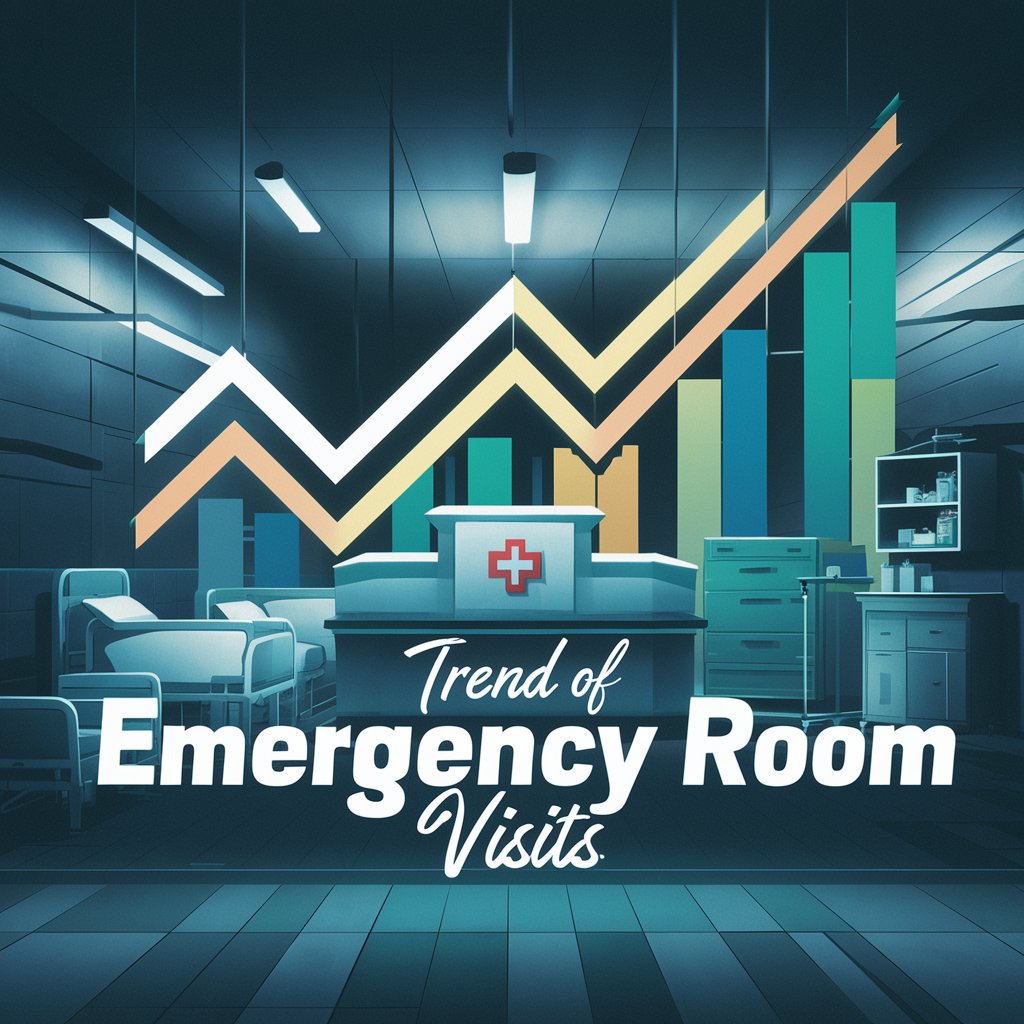One of the most immediate and visible consequences of addiction is the increase in emergency room visits. These visits not only strain healthcare resources but also highlight the urgent need for comprehensive addiction treatment. Understanding the relationship between addiction and emergency room visits from a medical perspective is crucial for developing strategies that can reduce these occurrences and improve patient outcomes.
Over the past decade, emergency room visits related to substance use disorders have surged. This increase is driven by various factors, including the opioid crisis, the prevalence of synthetic drugs, and the rising rates of alcohol and prescription drug abuse.
Opioid Overdoses
One of the most significant contributors to the rise in emergency room visits is opioid overdoses. The misuse of prescription opioids, heroin, and synthetic opioids like fentanyl has led to a dramatic increase in overdose cases. These substances depress the central nervous system, leading to respiratory failure, which requires immediate medical intervention. Naloxone, an opioid antagonist, is often administered in these situations to reverse the effects of the overdose, but timely treatment is critical.
Alcohol-Related Incidents
Alcohol remains one of the most commonly abused substances, leading to numerous emergency room visits. These incidents can range from acute intoxication and alcohol poisoning to accidents and injuries resulting from impaired judgment and coordination. Chronic alcohol abuse also leads to long-term health complications such as liver disease, pancreatitis, and gastrointestinal bleeding, which frequently require emergency medical care.
Stimulant Abuse
The abuse of stimulants like methamphetamine and cocaine also contributes to emergency room visits. These drugs increase heart rate and blood pressure, leading to cardiovascular complications such as heart attacks and strokes. Additionally, stimulant overdose can cause severe agitation, paranoia, and violent behavior, posing risks not only to the user but also to others.
The Medical Impact of Addiction on Emergency Services
Addiction significantly impacts emergency services, both in terms of the resources required and the complexities involved in treating affected individuals.
Resource Allocation
Emergency rooms are often stretched thin, and the influx of patients with substance use disorders exacerbates this strain. Treating overdoses, managing withdrawal symptoms, and addressing the injuries and illnesses associated with substance abuse require substantial medical resources. This can lead to longer wait times and reduced availability of care for other patients.
Complexity of Care
Patients with substance use disorders present unique challenges for medical professionals. These individuals may have co-occurring mental health disorders, chronic illnesses, and a higher likelihood of non-compliance with medical advice. Treating such patients requires a multidisciplinary approach involving not only emergency physicians but also addiction specialists, mental health professionals, and social workers.
Risk of Relapse and Repeat Visits
A significant concern in emergency care for addiction is the risk of relapse and repeat visits. Without effective follow-up and access to addiction treatment, many patients return to the emergency room repeatedly. This cycle highlights the need for integrated care that addresses the root causes of addiction and provides ongoing support for recovery.
Integrating Addiction Treatment into Emergency Care
To address the high rates of emergency room visits related to addiction, it is essential to integrate addiction treatment into emergency care settings. This approach can help manage acute crises and provide a pathway to long-term recovery.
Screening and Brief Interventions
Implementing screening and brief intervention (SBI) protocols in emergency rooms can help identify patients with substance use disorders early. SBI involves using standardized screening tools to assess the severity of substance use and providing brief counseling to motivate individuals to seek treatment. This initial step can connect patients with the resources they need to begin their recovery journey.
Referral to Treatment Programs
Emergency room visits present a critical opportunity to refer patients to addiction treatment programs. Hospitals can establish partnerships with local treatment centers and provide patients with immediate referrals. This can include inpatient detoxification, outpatient counseling, and medication-assisted treatment. Ensuring that patients leave the emergency room with a concrete plan for ongoing care is crucial for reducing repeat visits and promoting recovery.
Post-Discharge Support
Providing post-discharge support is essential for sustaining recovery. Follow-up phone calls, telehealth appointments, and connections to peer support groups can help patients stay engaged with their treatment plans. Case managers or recovery coaches can assist with navigating healthcare systems, scheduling appointments, and addressing barriers to care, such as transportation or housing.






